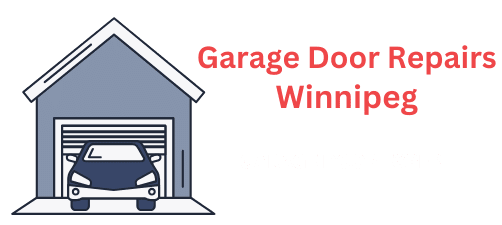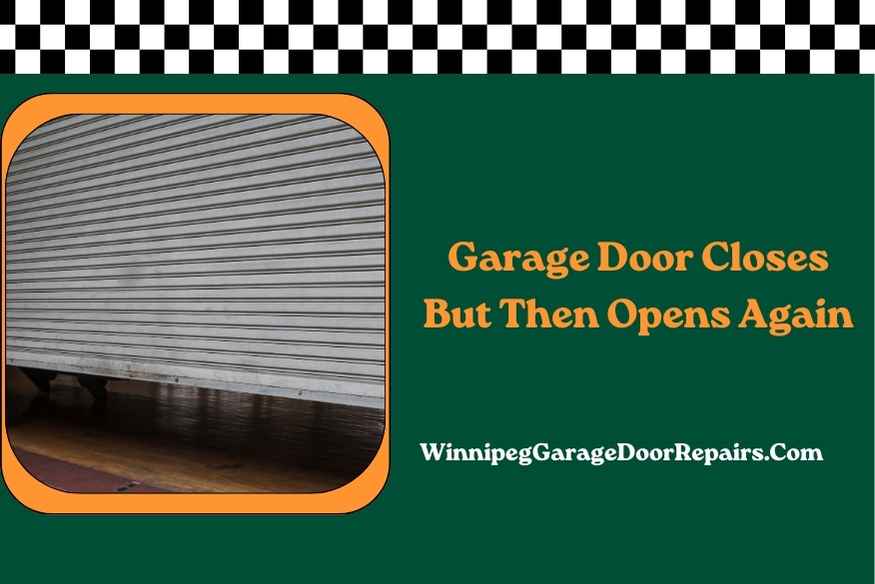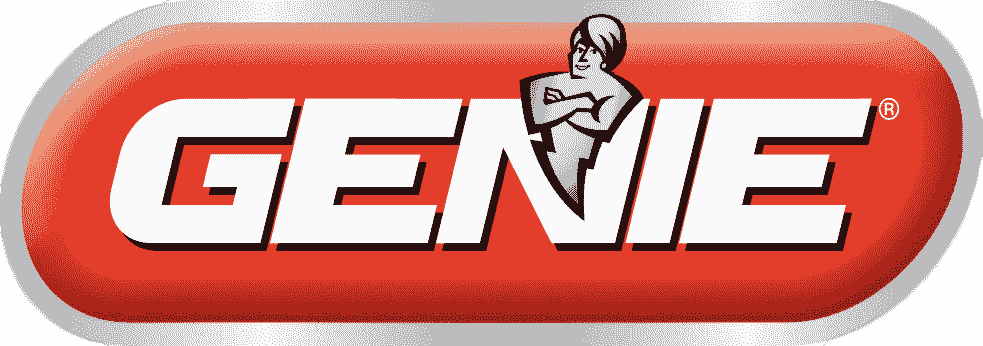A garage door that closes but then immediately reopens is a problem many homeowners encounter. This frustrating issue not only compromises the security of your home but can also indicate a malfunction within the garage door system. Take help of garage door winnipeg to fix the problem. Understanding why this happens is crucial in taking the right steps to fix it, ensuring the safety and functionality of your garage door.
Possible Causes Garage Door Opens Again
To address the issue of a garage door refusing to stay closed, it’s essential to consider various factors, from sensor issues to mechanical malfunctions. Additionally, the integrity of the door itself can be a concern, especially when rust becomes apparent. Evaluating the cost to repair garage door rust is a crucial step, as it can significantly impact the functionality and longevity of the door. Addressing rust promptly can prevent more severe problems in the future.
A. Safety Sensor Misalignment or Dirt: Garage doors are equipped with safety sensors to prevent them from closing on a person or object. These sensors, located on either side of the door near the ground, can become misaligned or obscured by dirt and debris, causing the door to reopen as a safety precaution.
B. Incorrect Limit Switch or Travel Down Settings: The garage door opener’s limit switch controls how far the door should move before it’s fully closed. If these settings are off, the door might hit the ground and reverse to avoid what it perceives as an obstruction.
C. Logic Board Malfunction: The logic board serves as the control center for the garage door opener, coordinating movements and safety features. A fault in the logic board can lead to unpredictable door behavior, including reopening after closing.
D. Threshold Blockage: Even small objects or debris on the threshold can interfere with the door’s operation, triggering its safety reversal mechanism.
E. Infrared Sensor Problems: Beyond the primary safety sensors, issues with the garage door’s infrared sensors can also cause it to reopen mistakenly, similar to problems caused by misaligned or dirty safety sensors.
Troubleshooting Steps
Addressing these issues involves a series of troubleshooting steps:
A. Check and Clean Safety Sensors: Begin by inspecting the alignment of the safety sensors. They should be facing each other directly across the sides of the door. Clean them gently with a soft cloth to remove any dust or cobwebs that might interfere with their operation.
B. Adjust Limit Switches and Travel Down Settings: Refer to your garage door opener’s manual for instructions on adjusting the limit switches. This process might require some trial and error. Adjust the settings incrementally until the door closes properly without reversing.
C. Inspect and Replace Logic Board if Necessary: Diagnosing a logic board issue can be complex and might require specialized equipment. If you suspect a malfunction, it’s often best to consult with a professional. They can determine if the board needs to be repaired or replaced.
D. Clear Threshold of any Blockages: Regular inspections of the garage door threshold can prevent blockage-related issues. Ensure that the area is free from rocks, debris, and other small objects that could be mistaken for obstructions.
E. Ensure Proper Functioning of Infrared Sensors: Like the safety sensors, make sure that any infrared sensors are clean, properly aligned, and unobstructed. This may involve adjusting their position or cleaning them to ensure they function correctly.
Read More: How to Frame in a Garage Door?
Professional Assistance
A. When to Seek Help from Garage Door Repair Experts:
If you’ve gone through all the troubleshooting steps without success, including attempting to balance a garage door with two springs, it’s time to call in the experts. Professional garage door technicians have the tools, knowledge, and experience to diagnose and fix complex issues, ensuring your garage door operates smoothly and safely.
Conclusion
A garage door that won’t stay closed is more than just an annoyance; it’s a security risk and could be a sign of a significant problem with your garage door system. By understanding the potential causes and following through with the appropriate troubleshooting steps, you can often resolve the issue yourself. However, don’t hesitate to seek professional help if the problem persists. Regular maintenance and prompt attention to any signs of malfunction are key to ensuring your garage door’s safety and reliability for years to come.







